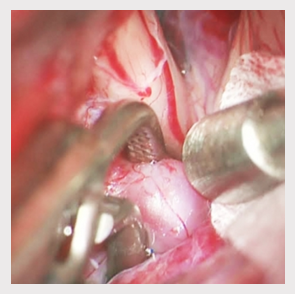Posterior Circulation Arterial Anatomy
7077

Subscribe now to get access to the Atlas Platform and our 3D models. The platform’s Pathfinder and Virtual Operating Room provide confidence in your decision to select the appropriate approach to any lesion.
Choose from an annual or monthly subscription that will renew automatically until cancelled, or you can purchase a one-time 24-hour access plan.
To continue, please select whether you are practicing neurosurgeon or are still in training:
Login to access this content